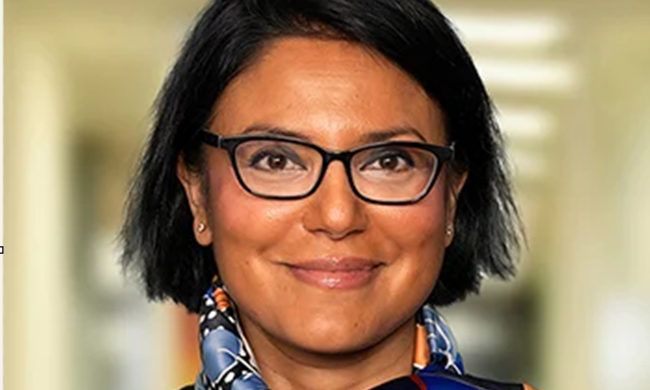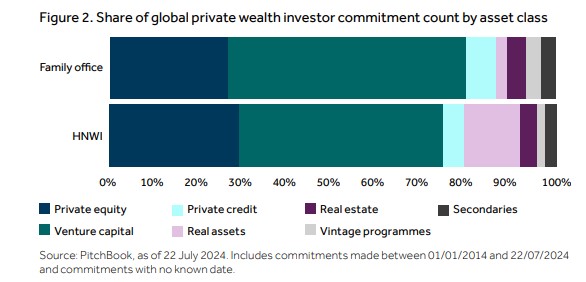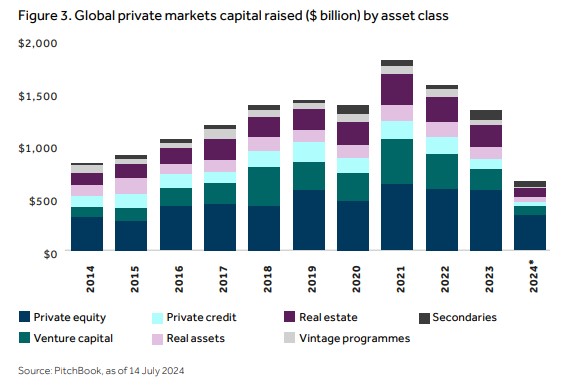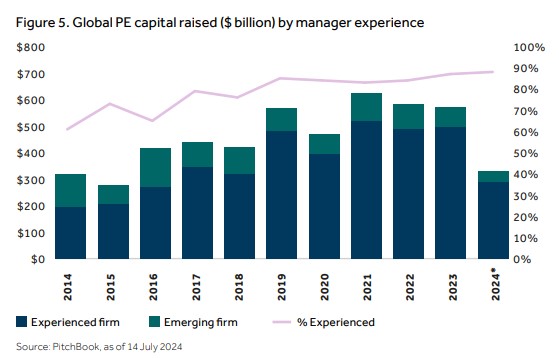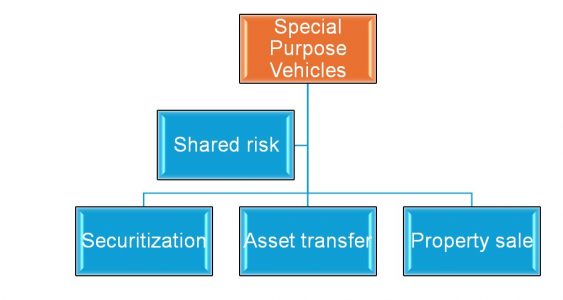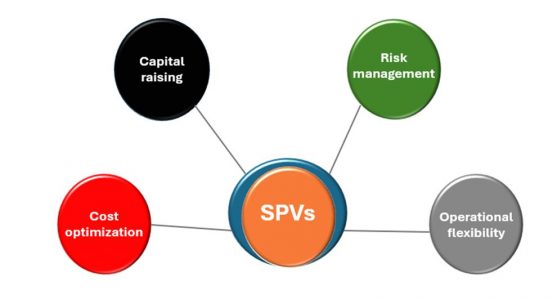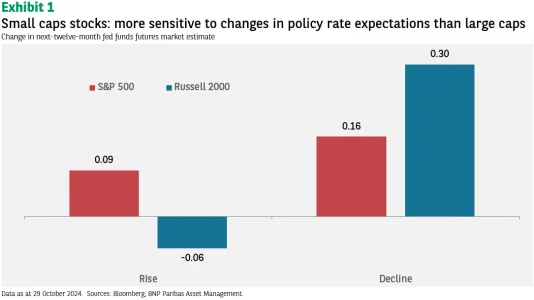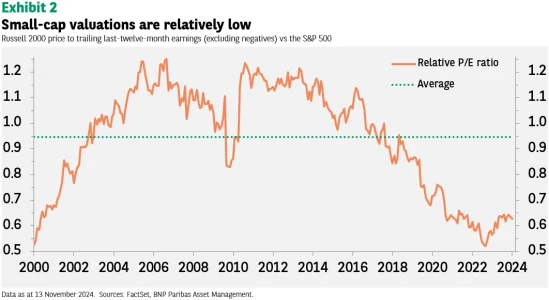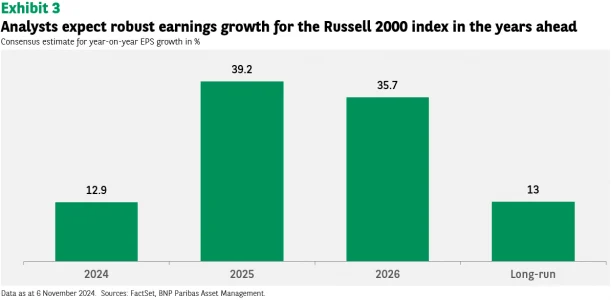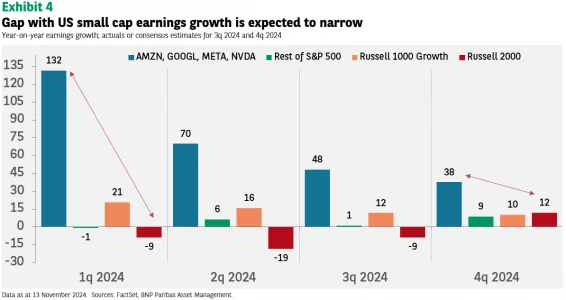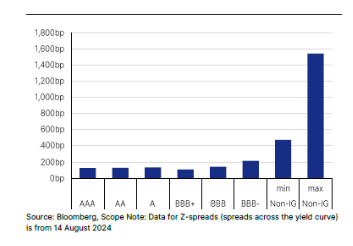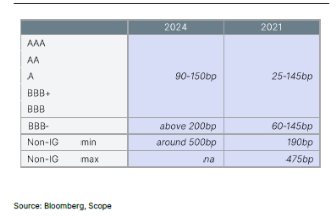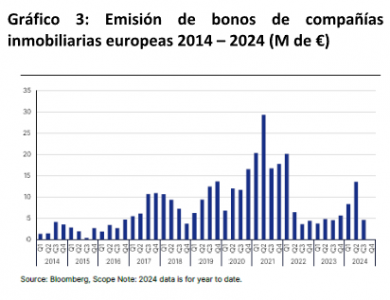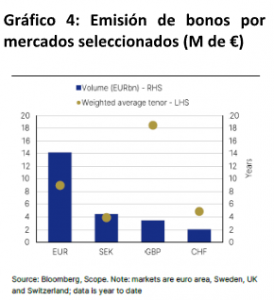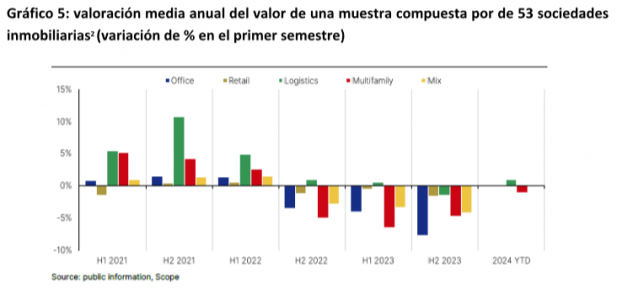How Do They See the Economy, and What Concerns the CFOs of Large Companies?
| For Amaya Uriarte | 0 Comentarios

Corporate CFOs and treasurers are facing greater complexity compared to just three years ago, amid shifting economic and trade corridors, ongoing macroeconomic headwinds, and geopolitical risks.
While managing an international business is rarely straightforward, many companies remain optimistic about their growth prospects as new technologies enable them to uncover and map opportunities amidst uncertainty, according to the key findings of HSBC’s latest survey, the “Global Corporate Risk Management Survey.” The survey involved 300 CFOs and over 500 senior treasury professionals from multinational companies across various sectors in the Americas, Asia, and EMEA.
Reflecting on the survey results, Rahul Badhwar, Global Head of Corporate Sales for Markets & Securities Services, highlights that companies continue to face multiple challenges that could impact their finances. “Navigating interest rates, inflation, and volatile currency markets while implementing risk management strategies has become increasingly essential to corporate treasury functions. In a world of uncertainty, companies aim to mitigate risk while also benefiting from it,” he notes.
In this context, 68% of respondents agree that treasury plays a key role in strategic decision-making, up from 41% in 2021 when HSBC last conducted its corporate risk management survey. Additionally, 47% state that risk management is an area where their company feels less prepared. Respondents also acknowledge that the impact of inflation and economic policies has made revenue and cost projections inaccurate in some cases, with supply chain and sales logistics disruptions delaying cash flow timing. According to 93%, inaccuracies in cash flow forecast data have caused avoidable losses over the past two years, whether due to over-leveraging or liquidity deficits.
“There are times when the main driver of currency markets isn’t macroeconomics. This year, with a record number of countries heading to the polls, elections and geopolitics have sometimes been the dominant factors behind currency valuations. Unlike economic variables, geopolitical outcomes are even harder to predict, complicating corporate treasurers’ efforts to hedge foreign exchange risks and make long-term decisions,” Badhwar adds.
Key Risks
Notably, many companies are optimistic about growth prospects in the near future, according to the survey. Key drivers include rising customer demand and faster adoption of new technologies (both at 75%), as well as easing geopolitical tensions (52%). However, some challenges are likely to persist: 58% are concerned about inflation, and 55% fear a prolonged economic recession.
Holger Zeuner, Head of Thought Leadership, EMEA, Corporate Sales, observes that many treasury teams were caught off guard by the sharp rise in interest rates in 2022 and 2023 as central banks sought to curb runaway inflation, leading to higher financing costs. “Companies are looking to find a structural balance between fixed-rate and variable-rate debt to manage interest rate risks in alignment with their business profiles and market conditions. Such an approach could potentially help them better safeguard against worst-case scenarios while also allowing them to benefit when rates decline,” Zeuner explains.
HSBC’s survey also reveals that ESG risks in supply chains are becoming increasingly important for treasurers. A growing number of respondents expect to work with banks or other financial partners to support suppliers’ ESG efforts, but 27% also anticipate terminating contracts with suppliers over ESG issues in the next three years. “Building a reliable supplier relationship takes years, so ensuring you don’t have excessive concentration risk while maintaining a resilient supply chain can conflict with switching suppliers due to ESG scores. That’s the dilemma companies are evaluating, but the willingness of some firms to take steps toward greater accountability in supply chain practices is potentially encouraging from an ESG perspective,” notes Vivek Ramachandran, Head of Global Trade Solutions.
According to the survey, 99% of respondents are at least somewhat concerned about ESG visibility among their suppliers, while 56% are highly concerned about their ability to meet ESG reporting requirements—a sentiment more prevalent in Europe, where ESG regulation is more advanced than in other regions. However, HSBC’s survey indicates that only a third of companies globally have incorporated ESG guidelines and policies into their supply chains so far.
From HSBC’s perspective, AI is expected to provide significant advantages to companies and their treasury functions. 61% believe AI will positively impact their company’s profitability in the next three years, while another 61% see it as highly beneficial for risk management decision-making during the same period. However, 62% are concerned about a lack of access to talent and skills that could slow AI adoption, while only 5% view financing as the main challenge.

